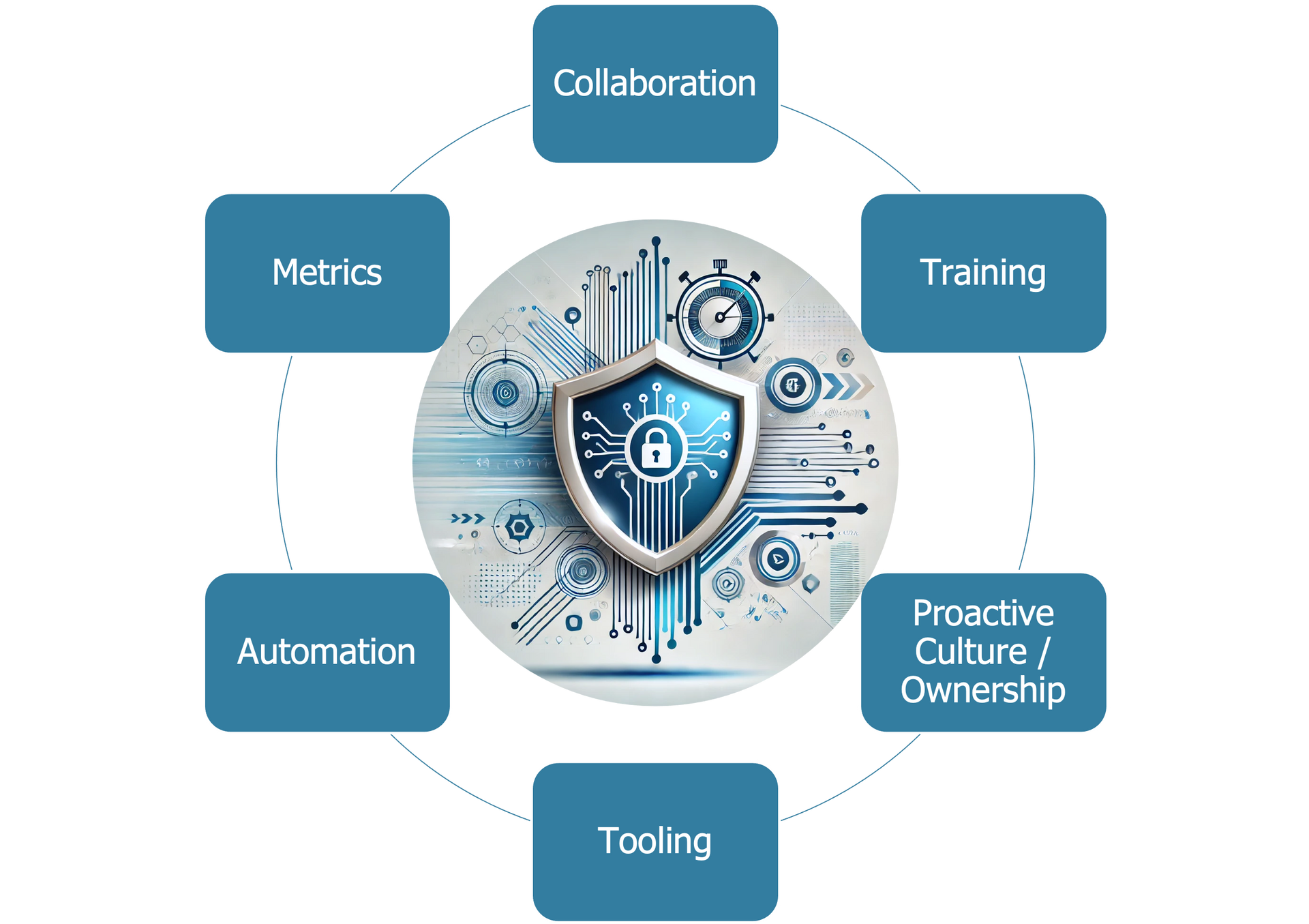A Positivity Focus
- Mission and purpose discovery and alignment
- Identification and promotion of efficiency drivers
- Reduction of negative influencing factors (security debt)
- Feedback and continuous improvement
Metrics & Analysis
- Analysis of data (actual vs target comparison, benchmarking)
- Qualitative and quantitative performance metrics
A Thoughtful Structural Approach
- Balance between RtB (Run the Business) & CtB (Change the Business)
- Value stream mapping
- Individual, team and cross-functional structures
Structure – especially in organizations under constant change, growing in size or responsibility – is incredibly important for team execution.
Principles found in scrum development methodology which have been gaining industry traction can be applied here (e.g. the model of Aligned Autonomy, as illustrated by Spotify), focusing on skill sets of individuals and desired team structures leading to great results.



